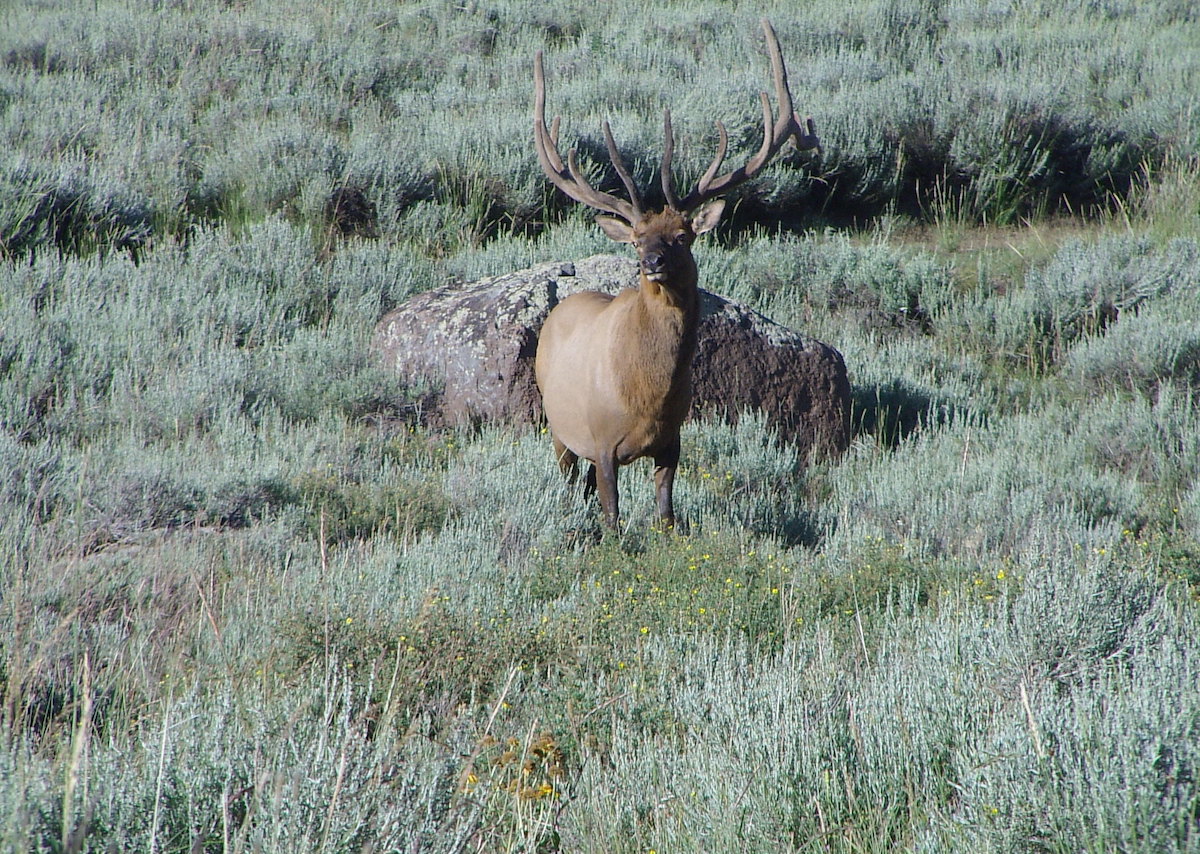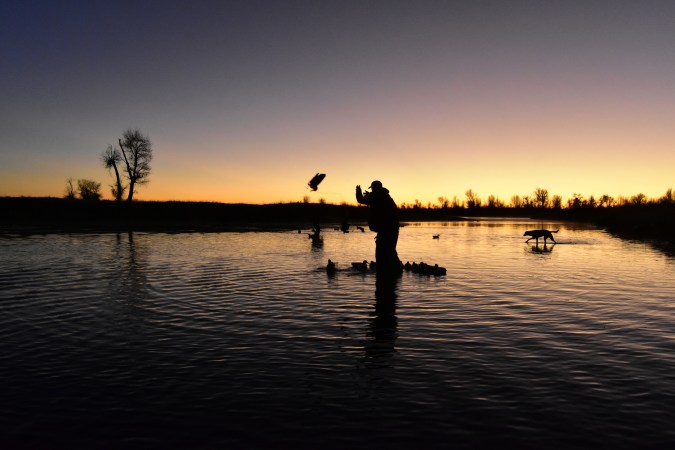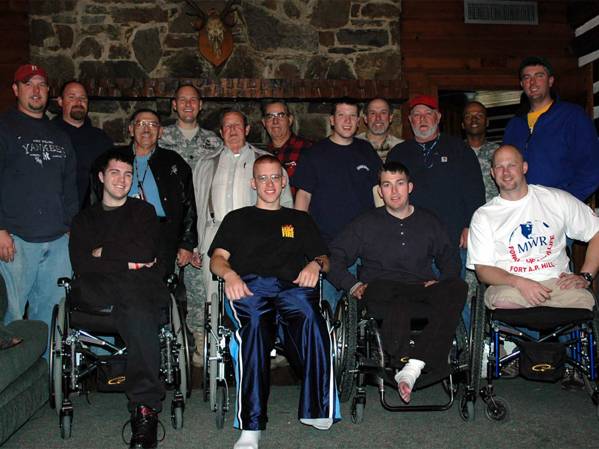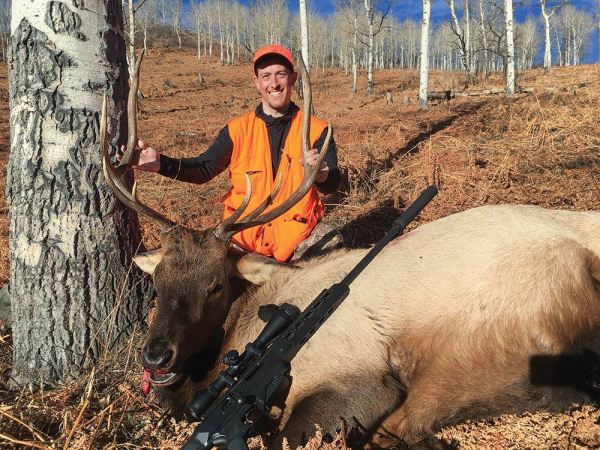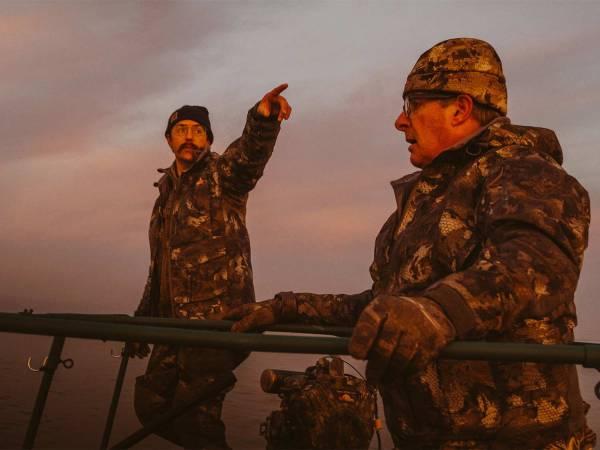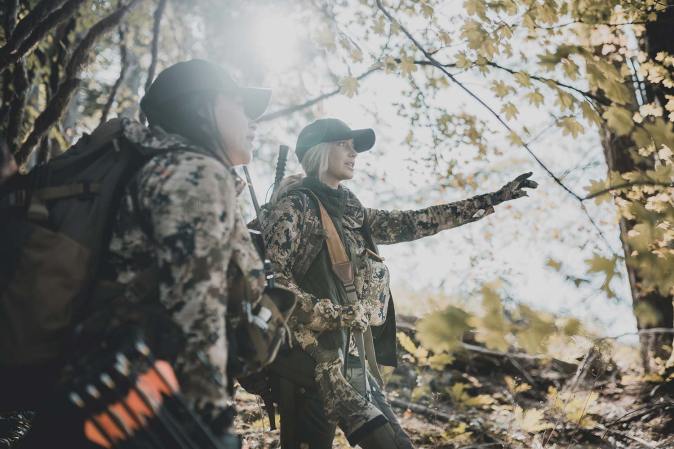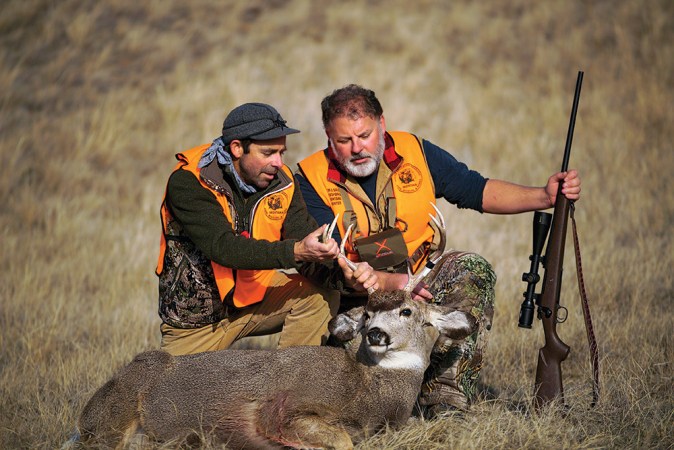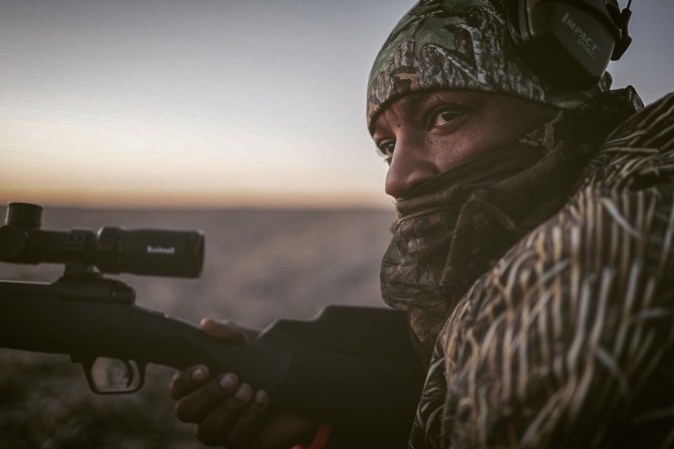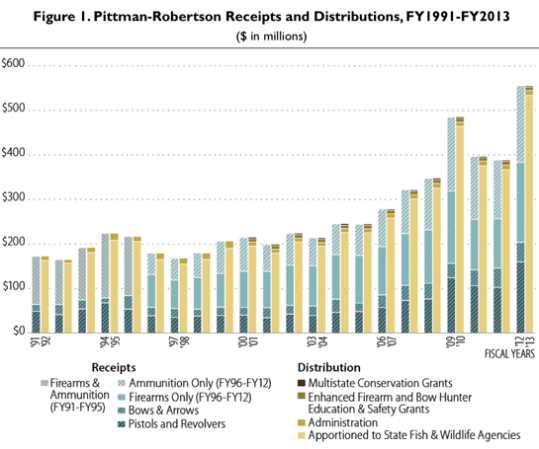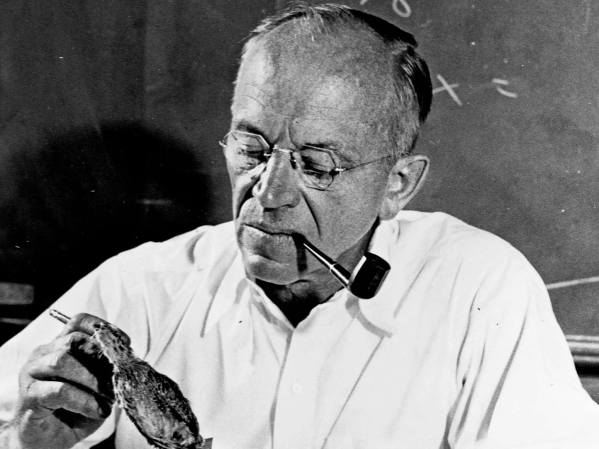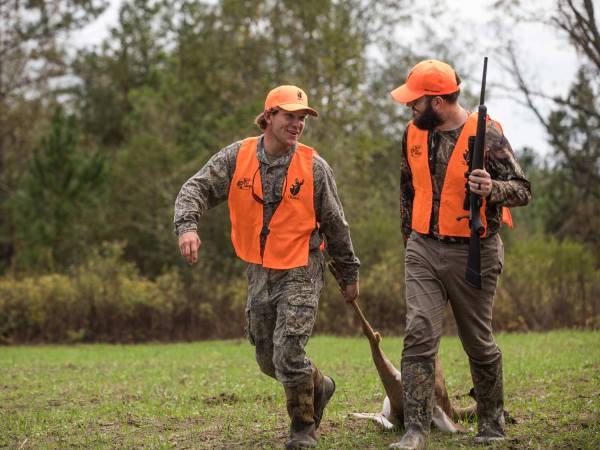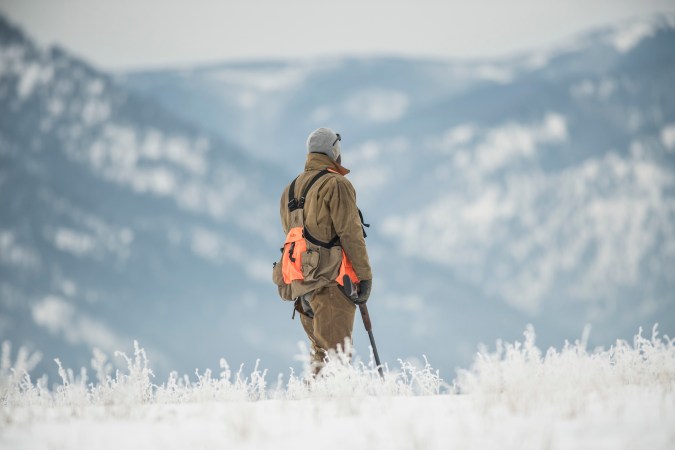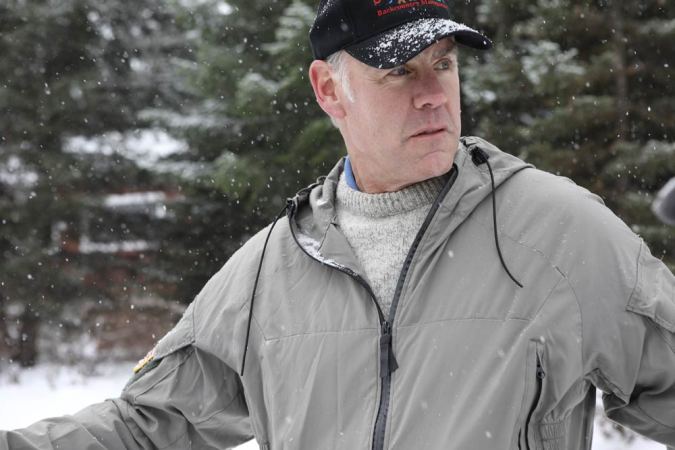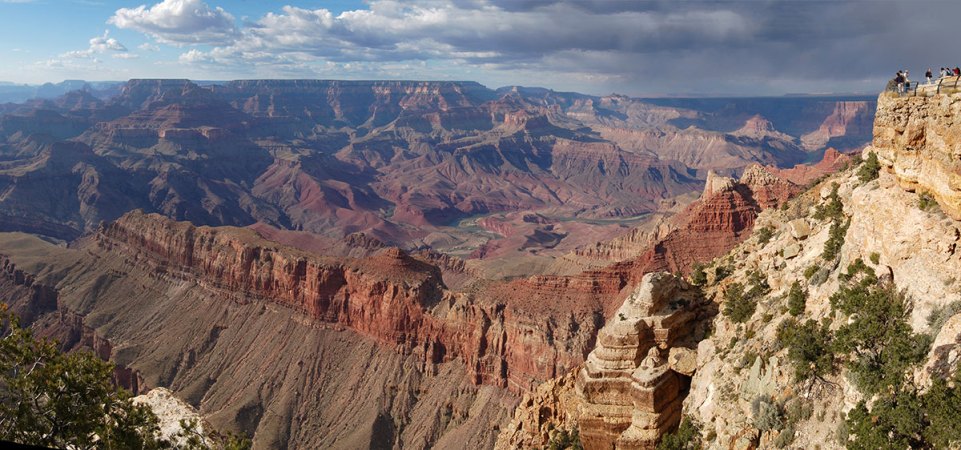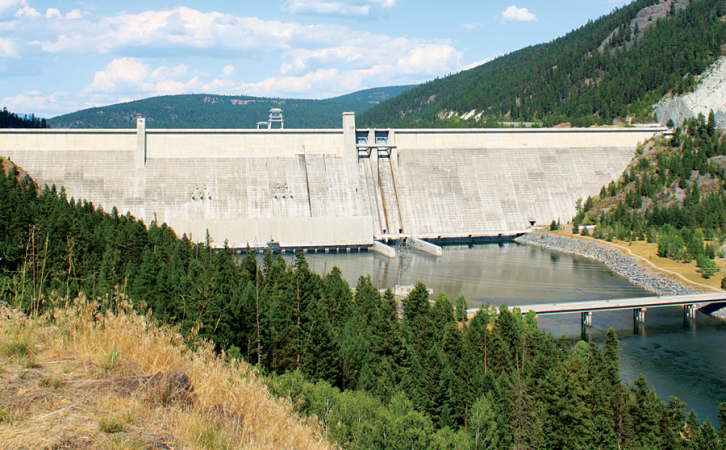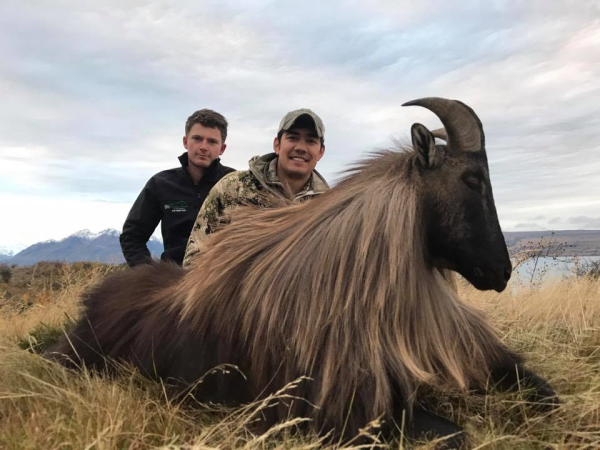The Utah Division of Wildlife Habitat Council approved more than $4 million in permit funds to be used for 91 different habitat projects in the state. Utah saw record hunting and fishing license sales in recent years, which helped make this possible.
The projects receiving funding include what wildlife officials called high-priority items. These include improvements to the Cinnamon Creek Wildlife Management Area, rebuilding irrigation diversions that will impact Blacksmith Fork and Logan rivers, more aspen trees on Monroe Mountain, and a new Spillway at Navajo Lake, which saw two dams fail.
Typically, the Council has around $2.5 million to spend on average since its founding in 1995. This notable increase in available funds means an increase in the state’s ability to tackle large projects.
“We are very appreciative of the hunters and anglers who are the backbone of wildlife conservation,” DWR habitat conservation coordinator Daniel Eddington said. “Anyone who buys a hunting and fishing license helps fund many of the crucial habitat restoration projects that help to maintain fish and wildlife populations for future generations to enjoy.”
Additional projects will include the management of wildlife and waterfowl management areas, habitat treatments, and improvements to Utah’s lakes and streams.
The COVID-19 pandemic helped drive the record sales of hunting and fishing licenses. In total, 708,272 licenses were sold between March 1, 2020, and February 28, 2021, which was almost a 29 percent increase from the same timeframe the previous year (the DWR normally sees a 2 percent increase year over year). The state has not released any newer numbers than those, but hunting interest and activity remains high, according to KSL.
Read Next: Is Point Creep Killing Western Big-Game Hunting?
While this high number of hunting and fishing licenses is great for these projects, hunters after big game tags in Utah and other Western states don’t have it super easy. With the high level of interest in these tags, it’s like winning a golden ticket to draw one. Big game tags are often expensive to apply for and rare, if not seemingly impossible, to actually draw.
It’s a supply and demand issue, and something we’ve reported on in the past. As more hunters apply and the number of tags doesn’t increase, it becomes more difficult to draw the tag you want. You could try year after year to get the tag you really want only to keep accumulating points.
Point creep, as it’s commonly called, is a major problem and the Western draw systems have become especially tough for non-resident hunters in states where residents are given preference. Utah is no exception. The state employs a preference point system for its big game tags where every limited-entry and once-in-a-lifetime permit application will earn you a point if you don’t draw. This system, controversial and problematic though it can be at times, has helped contribute to the record sales of hunting licenses in the state.
